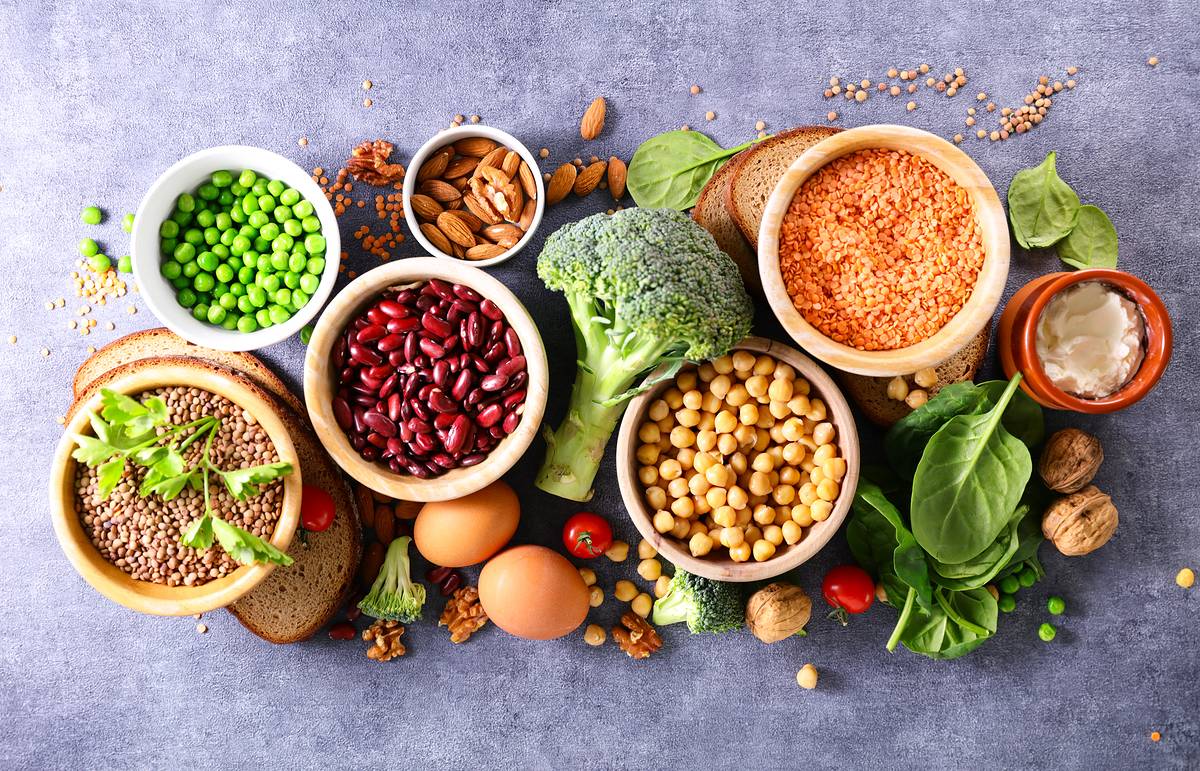
All nutritionists as one say to start losing weight, you need to create a calorie deficit. Often girls perceive this advice incorrectly: they begin to deny themselves literally everything, turning the diet into an extreme hunger strike. Eating with a calorie deficit works according to a different algorithm, and if you break it, at best you will not progress in losing weight, at worst you will harm your health.
What is a calorie deficit
Create a calorie deficit – eat fewer calories than your body can spend in a day. This does not mean that you do not need to eat at all, the main thing is to calculate your daily calorie intake and maintain a balance in nutrition by consuming proteins, fats and carbohydrates. Only then will the body begin to take energy from fat, which primarily accumulates on the abdomen, thighs, buttocks and back.
How to figure out how many calories you need
It is important to understand that in the case of a calorie deficit, you will not need to starve. Calculate how many calories you need to consume fat and not harm your metabolism. The simplest option is to use the Mifflin–San-Geor formula, namely: (10*weight) + (6.25*height) – (5*age) – 161. That is, if you are 26, your height is 168 centimeters, and your weight is 70 kilograms, the norm of comfortable weight loss will be equal to 1620 kcal. The resulting figure is an approximate value, and only a nutritionist can make a more accurate calculation taking into account the lifestyle.
Tip: even if you want to lower the norm, you should not consume less than 1200 kcal. in the day. The body will switch to economy mode, fat will accumulate, and muscle mass will fall. So you won’t lose weight, and at the same time you risk getting covered with cellulite, losing skin tone and disrupting the menstrual cycle.
What should be in the deficit menu
As we have already said, a calorie deficit should be based on a balance of proteins, fats and carbohydrates. In fact, you can take a combo of Big Testies, small fries and Coca-Cola, and 1213 kcal in your stomach. One drawback: such food can not be called useful. It will necessarily be followed by a deficiency of vitamins and trace elements, and this is a direct way to deterioration of health and appearance.
A balanced diet is usually arranged according to the following proportions: proteins – 30%, fats – 10%, carbohydrates – 60% (while only 5% of them should be simple). For breakfast, it is better to eat complex carbohydrates and a little protein – for example: cereals, hard pasta, whole grain bread, rice, potatoes or legumes. They slowly split and relieve hunger for a long time, which allows you not to overeat during the day. You can add calcium-rich dairy products: milk, cheese, cottage cheese or yogurt.
It is better to start lunch with fresh fruits and vegetable salads seasoned with vegetable oils. They contain vitamins, trace elements and fiber, which helps to cleanse the intestines of food residues and prevents the accumulation of fat in the body. Dinner should be cooked with an emphasis on proteins: you can eat a piece of lean meat or fish with a small portion of vegetable salad.
What seasonal products should be included in the menu
When preparing a diet, it is worth giving preference to seasonal local vegetables and fruits. Their main advantages are a rich taste, a large amount of vitamins and the absence of chemicals that process the goods during long–term transportation or storage.
In the autumn-winter period, it is customary to focus on fresh vegetables: eggplant, cabbage, bell pepper, rutabaga, zucchini, potatoes, beets, carrots, parsnips, tomatoes and pumpkin. Apples, pears, grapes, plums, figs, cranberries and cranberries deserve special attention from fruits and berries. Don’t worry, it’s not necessary to eat raw – on their basis, you can cook a lot of nutritious dishes that will help to improve metabolism and cope with excess weight.